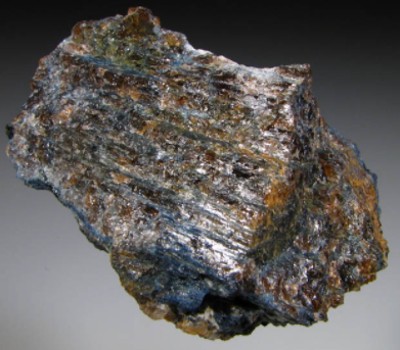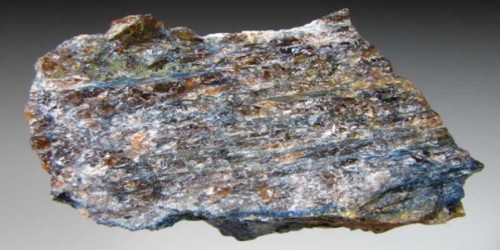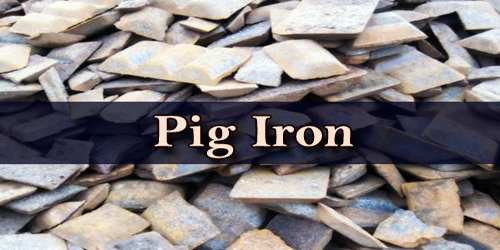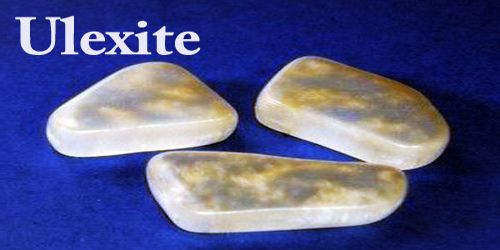Graftonite is an iron(II), manganese, calcium phosphate mineral with formula: (Fe2+, Mn, Ca)3(PO4)2. It is a mineral consisting of an iron manganese-calcium phosphate occurring in salmon-pink laminated intergrowths with triphylite. It is a monoclinic-prismatic mineral containing calcium, iron, manganese, oxygen, and phosphorus.
It was first described from its type locality of Melvin Mountain in the town of Grafton, in Grafton County, New Hampshire.
General Information
- Category: Phosphate minerals
- Formula: (Fe2+, Mn, Ca)3(PO4)2
- Crystal system: Monoclinic
- Crystal class: Prismatic (2/m) (same H-M symbol)

Fig: Graftonite
Properties
It forms lamellar to granular translucent brown to red-brown to pink monoclinic prismatic crystals. It has a vitreous luster with a Mohs hardness of 5 and a specific gravity of 3.67 to 3.7.
- Luster: Sub-Vitreous, Resinous, Greasy
- Transparency: Translucent
- Colour: Usually reddish brown, occasionally light brown, rarely salmon-pink
- Comment: Maybe dark brown due to alteration.
- Streak: White to faintly pink, when unaltered.
- Hardness: 5 on the Mohs scale
- Tenacity: Brittle
- Fracture: Irregular/Uneven, Sub-Conchoidal
- Density: 3.67 – 3.79 g/cm3 (Measured) and 3.95 g/cm3 (Calculated)
Information Source;
















